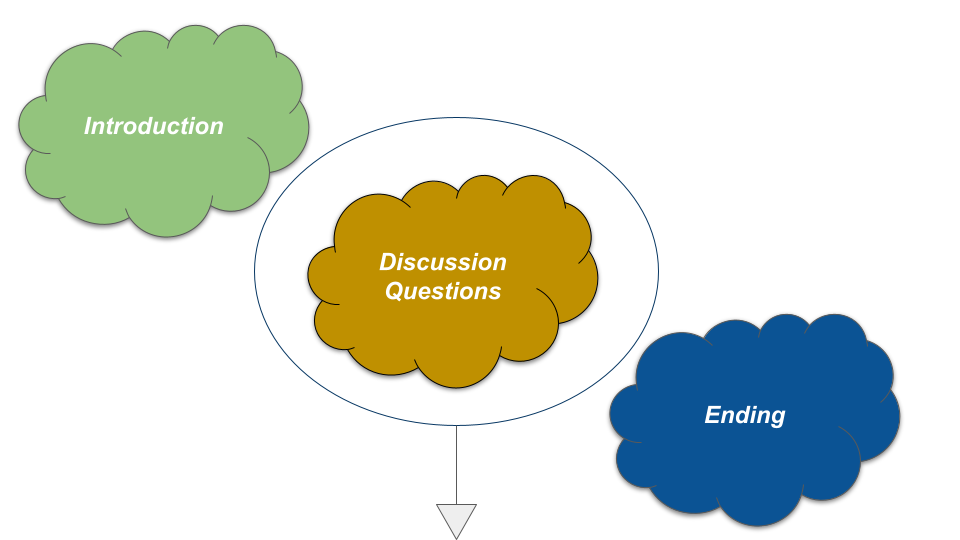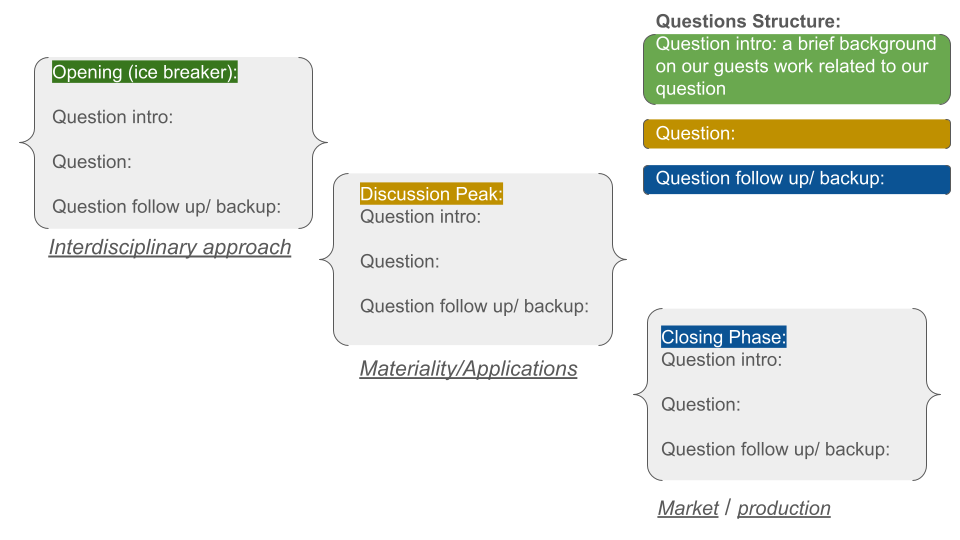
How can BIM facilitate an integrative workflow or Chain like process between different stakeholders like Architect (designer), Contracting (General contractor), Fabrication and construction. The Research focuses on the ongoing collisions between the AEC disciplines and the innovative ways to optimize the multidisciplinary workflow methods throughout the process up to materialization, manufacturing, assembly and performance control and the possibility of including the fabricator inside of the BIM loop applying his own LOD. It is noticed that the BIM integration/connection drops through the fabrication as most fabricators use their own tools that in most cases depend on CAD. This might be achievable with solutions like Open BIM or Middleware Solutions.
Keywords:
- Fabrication
- Interdisciplinary Workflows.
- Seamless Collaboration.
- Interoperability.
- Efficiency.
An Example Project: Shanghai Tower, Lujiazui, Shanghai, China.

where they had precise fabrication models were generated using BIM for the tower’s unique curtain wall and double-skin façade components, Fabricators could use the detailed BIM models to accurately manufacture and assemble the complex exterior elements.
This shows one of the project that had a very complex engineering techniques with the facades, and turned out to be a great success due to the efficient use of BIM and collaboration with the fabricator from early stages.
About the Podcast:
Brief : the research addresses the Challenges and conflicts that appear after the design stage in fabrication and construction due to fabricators’ specialized tools and workflows. The research aims to explore the methodologies and tools for optimizing AEC processes through the Integration of fabrication and construction workflows in the early design stages.
Our Guest:

Dr. Hanaa Dahy is a registered architect, engineer and material developer,
founder and leader of BioMat TGU@TTI GmbH,
and an Associate Professor at Aalborg University in Copenhagen and ITKE in Stuttgart
Dr. Hanaa developed, designed and manufactured a number of innovative sustainable building products that were widely presented in international exhibitions and attracted a lot of industrial interests. Among other research areas, she is particularly interested in biomimetic principles, sustainability and their impact on architectural practice and applications. She has pending European and international patents, earned the best of Materials and Design award (Materialica) in Munich in 2015 and the Material Prize award (Material Preis) in 2016 from the Design Center of the state Baden-Württemberg in Germany, a fellowship for the innovation of university-teaching in 2017, a number of research/industrial project funds and is a member of a number of European and international scientific and professional bodies. Her teaching and training are in the area of architectural design, composites, structure and materials, smart systems, fabrication and biomimetics.
Podcast Structure:

Discussion/Question’s Structure:

Conclusion:
The podcast provided valuable insights into the practical application, state-of-the-art advancements, and market relevance of “Fabrication and Construction workflows.” It delved into real-world experiences, particularly in conflict management, while emphasizing the importance of data-driven approaches and tools in the early involvement of multiple disciplines. The podcast advocated for the adaptation of successful practices from industries such as Automotive and Aerospace rather than reinventing the wheel in Architecture, Engineering, and Construction (AEC) sectors.
Furthermore, the discussion underscored key methodologies essential for optimizing interdisciplinary workflows, including the Circular Approach to Design, leveraging Data-driven Workflows, and the integration of Middleware Applications.

